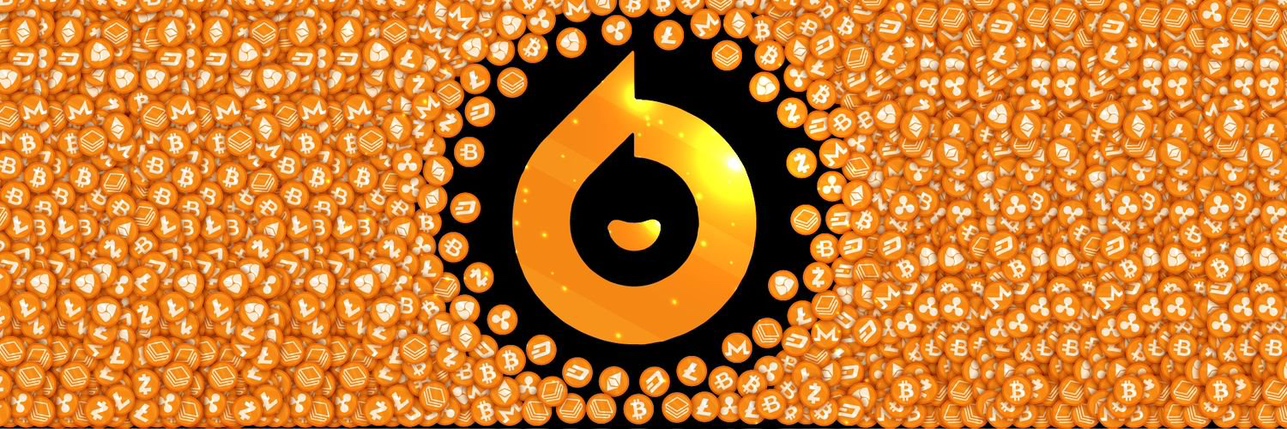TUSDからJPYへの交換
現在のTrueUSD価格(JPY)
TrueUSDの価格は今日上がると思いますか、下がると思いますか?
TrueUSDの市場情報
TrueUSD (TUSD)について
TrueUSDについて
TrueUSD(TUSD)は、国の金融機関によって完全に規制され、独立した企業によって透明に検証された、初のUSDペッグステーブルコインです。透明で安全なステーブルコインを提供するというビジョンを掲げ、2018年3月にローンチされました。暗号資産の活況と、さまざまなデジタル通貨に内在する不安定性により、安定したデジタル資産へのニーズが高まっていました。TrueUSDはそのギャップを埋めるために導入されました。
TrueUSDを発行するTrustToken社は、米国の金融犯罪取締ネットワークにマネーサービス事業者として登録されています。その資金は、ネバダ州商工業省金融機関課によって規制されています。さらに、TrueUSDの担保は、世界トップクラスの会計事務所であるコーエン&カンパニーとアルマニーノの監査を受けています。
価値が大きく変動するBitcoinやEthereumのような暗号資産とは異なり、TrueUSDは米ドルの価値に固定されています。TrueUSDが流通するごとに、同額のUSDがエスクローアカウントに保管されます。このペッグにより、安定した価値が保証され、利用者間の信頼が醸成されます。
TrueUSDは、米国の規制に完全に準拠しており、必要な法的ガイドラインをすべて遵守しています。第三者機関による定期的な監査が通貨の完全性を保証しているため、透明性と安全性を優先するユーザーに好まれます。
TrueUSDの安定性は、トレーダー、企業、金融機関など様々なユーザーを魅了しています。暗号資産取引所での取引ペアとして、また従来の銀行取引では時間がかかったり手数料が高かったりする場合の支払い方法として広く使われています。
関連資料
公式ウェブサイト:https://tusd.io/
TrueUSDの仕組み
TrueUSDは、ブロックチェーン上で現実世界の通貨を表現するために、トークン化と呼ばれる方法を採用しています。ユーザーがTrueUSDを米ドルで購入する場合、米ドルと同額が専門の受託者である提携銀行に保管されます。その後、TrueUSDトークンがミントされ、ユーザーに送られます。
TrueUSDからUSDへの交換は簡単です。ユーザーはTrueUSDをスマートコントラクトに送ることができ、同等のUSDがエスクロー口座から解除され、ユーザーの銀行口座に送られます。その後、対応するTrueUSDがバーンされ、1対1のペグが確保されます。
TUSDの運用はEthereumのブロックチェーン上のスマートコントラクトによって管理されています。これらの自動化されたコントラクトは、トークンの発行と償還を安全に処理します。プロセス全体が透明で、いつでも監査を受けることができるため、信頼性がさらに高まります。
TUSDは金融エコシステムにおいて様々な機能を果たしています。その安定性から、他の資産のボラティリティに対するヘッジに適しています。さらに、分散型金融(DeFi)プラットフォームにおいて重要な役割を果たし、さまざまな金融サービスに安定した媒体を提供しています。
その成功にもかかわらず、TrueUSDに課題がないわけではありません。伝統的な銀行業務や規制遵守への依存は、時としてプロセスを遅らせることがあります。また、エスクローアカウントの管理における中央集権化は、暗号資産の分散型の性質と矛盾するという批判もあります。
まとめ
TrueUSDは、安定性と透明性のあるデジタル資産を提供することで、不安定な暗号資産の世界にニッチを切り開きました。規制を遵守し、米ドルと1対1のペッグを維持できることが、普及と信頼につながっています。スマートコントラクト、トークン化、償還プロセスは、ブロックチェーンの利点を活用しつつ、そのリスクを軽減する強固なメカニズムを裏付けています。デジタル金融の状況が進化し続けるにつれ、TrueUSDのようなステーブルコインの役割はさらに重要になり、伝統的な経済とデジタル経済の両方の未来を形作る可能性があります。
TrueUSDのAI分析レポート
TrueUSDの価格履歴(JPY)
 最低価格
最低価格 最高価格
最高価格 
TrueUSDの最高価格はいくらですか?
TrueUSDの最安価格はいくらですか?
TrueUSDの価格予測
TUSDの買い時はいつですか? 今は買うべきですか?それとも売るべきですか?
2026年のTUSDの価格はどうなる?
+5%の年間成長率に基づくと、TrueUSD(TUSD)の価格は2026年には¥162.38に達すると予想されます。今年の予想価格に基づくと、TrueUSDを投資して保有した場合の累積投資収益率は、2026年末には+5%に達すると予想されます。詳細については、2025年、2026年、2030〜2050年のTrueUSD価格予測をご覧ください。2030年のTUSDの価格はどうなる?
注目のキャンペーン
TrueUSDのグローバル価格
TrueUSD(TUSD)の購入方法

無料でBitgetアカウントを作成します

アカウントを認証する

TUSDをJPYに交換
よくあるご質問
誰がTrueUSD(TUSD)を発行し、規制しているのですか?
TrueUSD(TUSD)をUSDに変換できますか?
TrueUSD(TUSD)はどのようにしてその価値を維持しているのですか?
TrueUSDの利用に手数料はかかりますか?
TrueUSD(TUSD)は安全ですか?
TrueUSD(TUSD)は、USDコイン(USDC)やTether(USDT)のような他のステーブルコインとどう違うのですか?
TrueUSD (TUSD) の現在の価格は何ですか?
TrueUSDはどのように価格の安定性を維持していますか?
現在、TrueUSDは良い投資ですか?
TrueUSD (TUSD)はどこで購入できますか?
TrueUSDの価格に影響を与える要因は何ですか?
TrueUSD (TUSD) は USD に戻すことができますか?
TrueUSDの供給上限は何ですか?
TrueUSDはステーキングまたは利息を得るために利用可能ですか?
TrueUSDを安全に保管するにはどうすればよいですか?
Bitget ExchangeでTrueUSDを購入または販売する際にかかる手数料はどのようなものですか?
TrueUSDの現在の価格はいくらですか?
TrueUSDの24時間取引量は?
TrueUSDの過去最高値はいくらですか?
BitgetでTrueUSDを購入できますか?
TrueUSDに投資して安定した収入を得ることはできますか?
TrueUSDを最も安く購入できるのはどこですか?
今日の暗号資産価格
TrueUSD(TUSD)はどこで買えますか?
動画セクション - 素早く認証を終えて、素早く取引へ

TUSDからJPYへの交換
TUSDの各種資料
タグ:
Bitgetインサイト





取引
Bitget Earn
TUSD/USDT
現物Bitgetに新規上場された通貨の価格









